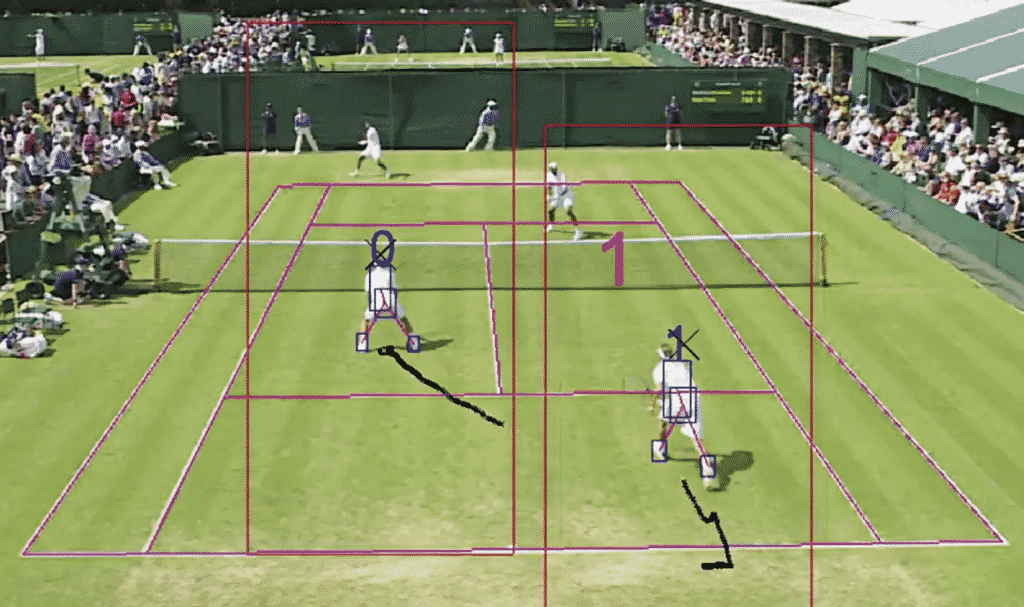Technology has had a massive impact on the sports industry in recent years and the trend looks set to continue for the foreseeable future.
Sports and technology are linked in several crucial areas including marketing, communications, broadcasting and data collection.
Fan experiences, business operations and monitoring athletic performance are other key areas where sports and technology are intertwined.
With that in mind, read on as we take a closer look at how technology will continue to significantly influence the sports sector over the coming years.
Live Streaming
Technology has already transformed how fans watch sports in the 21st century – this will undoubtedly continue apace during 2022 and beyond.
For example, demand for live soccer streams is likely to go through the roof when the 2022 World Cup is staged in Qatar towards the end of the year.
An increasing number of sports fans are now shifting away from traditional broadcast mediums and consuming live content on live streaming platforms.
The ethos of ‘cutting the cord’ will become even more prevalent in the future, forcing the sports industry to have a major rethink about how they connect with live audiences.
Streaming Aggregation
While popular sports such as soccer have been swift to embrace live streaming services, many others have been caught dragging their heels.
A good example of this is cricket, which has been extremely slow to recognise the potential offered by aggregating digital rights within certain jurisdictions.
Ice hockey in the United Kingdom is another sport which could benefit massively from taking a collective approach to streaming aggregation.
Every Elite League club is guilty of taking an insular approach to live streaming, thus failing to tap into the potential fan engagement benefits of aggregated content.
Second Screen Experiences
Top broadcasters such as BT Sport have already made great strides with second screen experiences in recent years and many others are jumping on the bandwagon.
These are expected to become even more prevalent within sports streaming as content providers learn to interpret user-generated analytics on a more consistent basis.
This will allow fans to adopt a more personalised approach to their viewing experiences, moving sports coverage further away from single screen outputs.
Increased demand for second screen experiences should also be hugely beneficial to advertisers, who will have more opportunities to promote their goods and services to consumers.
5G Connectivity
The ability to provide users with second screen experiences is heavily reliant on reliable internet connectivity, which is why the rollout of 5G is so important to the future of sports.
5G enhancements have already impacted the coverage of top competitions such as the Champions League and Premier League, particularly for fans who stream games via mobile apps.
‘Watch Together’ features, multi-camera viewing options and unique interactive elements are amongst the ways 5G is improving sports coverage.
As this level of Wi-Fi connectivity becomes more commonplace across the world, fan engagement with sports will become ever more sophisticated.
Artificial Intelligence
The sports industry has been quick to embrace artificial intelligence (AI) technology over the past few years, and further adoption is forecast within the sector in the short to medium term.
AI is currently used in the collection of data to improve performance and to make repetitive sports business tasks run more efficiently.
Sports betting is another area where AI is becoming much more prevalent, particularly with regards to supporting in-play wagering.
Bookmakers previously relied heavily on manual research to set odds, but AI-powered predictive data models are now being used to speed up the process and broaden market coverage.
Media & Communications
AI-driven tools are also impacting sports media and communications, allowing for more regular and efficient transmission of information to fans.
For instance, top news websites such as Football Today have their work cut out trying to keep pace with the vast array of leagues and competitions worldwide.
Collecting data and statistics by traditional methods is a near impossible task, but AI helps to support the efforts of sports journalists in this regard.
A great example of AI in action can be seen with Dutch regional media group NDC, who use the technology to cover around 60,000 soccer matches per year.
Blockchain Technology
Blockchain has been something of a buzzword in the sports industry in recent years, but the technology is finally beginning to make waves.
Generally associated with cryptocurrencies such as Bitcoin, blockchain can be used in variety of other innovative ways within sports.
Soccer, motorsports and mixed martial arts are amongst the sports that have been working hard to establish strong links with blockchain based businesses.
However, many leading media outlets remain sceptical about blockchain, particular in relation to products that claim to enhance the overall ‘fan experience’.

